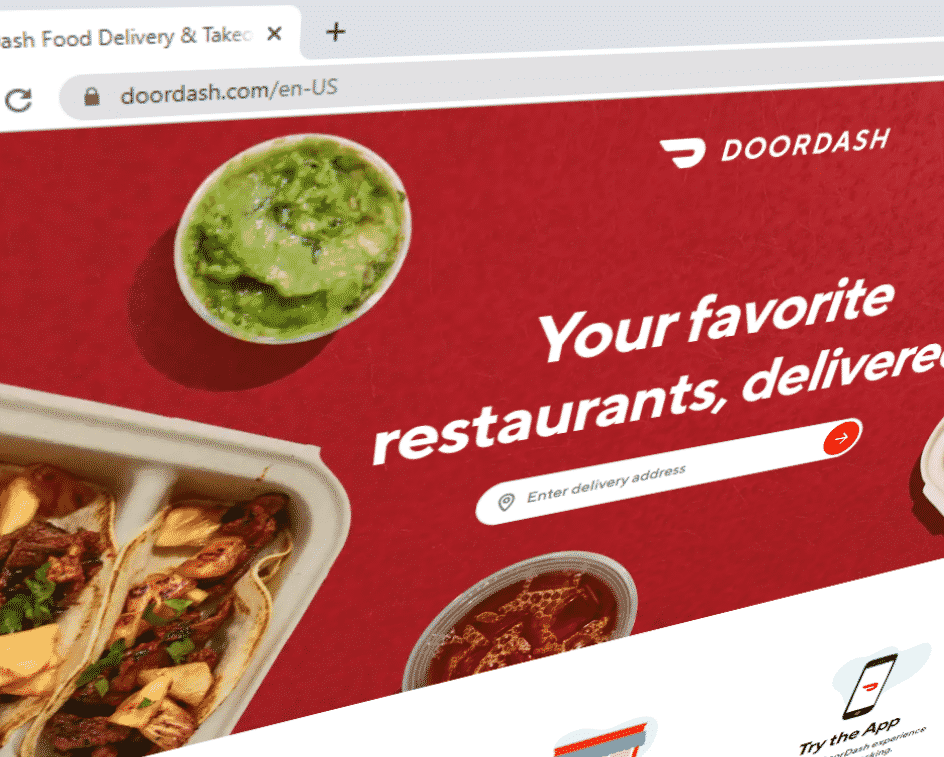On a personal level, I’m a not a fan of home delivered food. The concept generally creeps me out, and I might have had two pizzas delivered in the last three years. That said, looking at my social media feeds from time-to-time, other people seem to use it a lot. Each to their own, I guess – it might be more popular in a future world where people are reluctant to go to restaurants.
The economics of food delivery seems tough to me – not only do you need to pay for the kitchens, the cost of employing staff to deliver food has got to make it harder. Without the infrastructure and volume of dedicated pizza delivery restaurants, it is likely to be tough for other restaurants to succeed based on that model.
In that context, here’s a pretty funny story of how a delivery platform was selling food for less than the restaurant sold it:
But he brought up another problem – the prices were off. He was frustrated that customers were seeing incorrectly low prices. A pizza that he charged $24 for was listed as $16 by Doordash….
If someone could pay Doordash $16 a pizza, and Doordash would pay his restaurant $24 a pizza, then he should clearly just order pizzas himself via Doordash, all day long. You’d net a clean $8 profit per pizza [insert nerdy economics joke about there is such a thing as a free lunch].
Doordash and Pizza Arbitrage
It’s probably unsurprising that the home delivery platforms are not good businesses for anyone:
What is it about the food delivery platform business? Restaurants are hurt. The primary labor is treated poorly. And the businesses themselves are terrible….
How did we get to a place where billions of dollars are exchanged in millions of business transactions but there are no winners? My co-host Can and my restaurant friend both defaulted to the notion “delivery is a shitty margin business” when discussing this post. But I don’t think that’s sufficient here. Delivery can work. Just look at a Domino’s stock chart. But, delivery has been carefully built as part of a holistic business model and infrastructure. Maybe that’s the viable model.
Doordash and Pizza Arbitrage
Will enough people pay for home delivered food for platforms to succeed? Maybe, but it seems tough to make the business work so far. Perhaps a future where commercial kitchens are in low rent industrial parks, instead of high cost High Streets, might work.
19 May Update: Several hours after I wrote the above, Josh Barro (who hosts one of my favourite podcasts, Left, Centre, Right) wrote similarily:
But what if the main reason the value proposition for these services has changed is that a third party is weirdly willing to lose money on the transactions? That doesn’t seem like a sustainable situation — and yet it has been sustained for years at this point. If it ends, if investors in app-based service companies start demanding profits, then we should expect the size of the personal-service part of the economy to contract. Some restaurants that came to rely on app-based delivery may find it makes sense to take delivery in-house. But others may find delivery isn’t worth it if they actually have to employ the delivery person. And then customers, revealed to be unwilling to pay the true economic cost of having their food delivered, may have to go pick it up.
Why Do Food Delivery Companies Lose Money?

